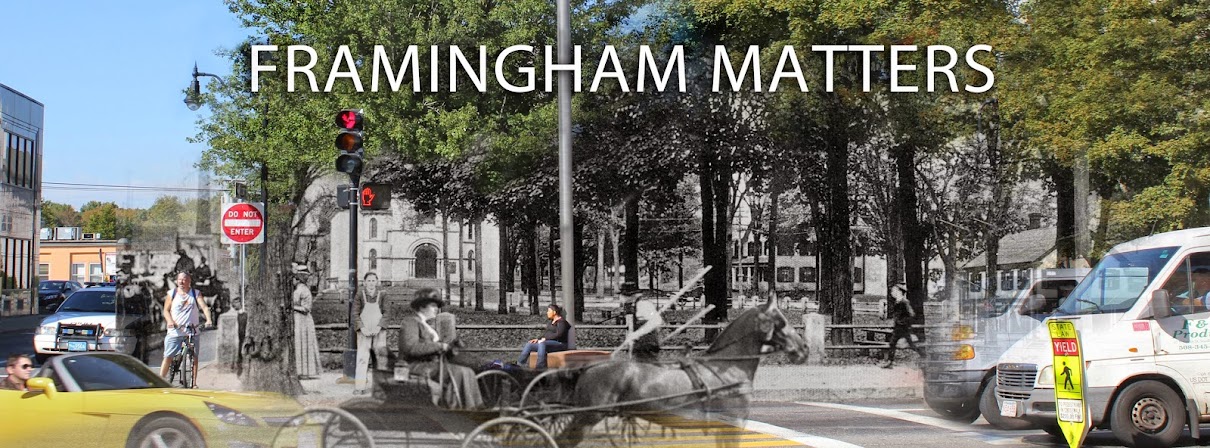March 1, 2015
WORCESTER — Asbestos had many common uses, such as insulation, high-temperature processes, large heating systems, fire-retardant products, roofing materials, floor tiles, ceiling tiles and clothing, according to the state DEP.
It was widely used and was not specific to manufactured gas plants such as the one that was on Quinsigamond Avenue where the WRTA is to build a garage for its fleet.
References to asbestos on the site did not show up in DEP records until last May, about two months after the WRTA purchased the property.
"Asbestos would likely have been used as insulation for piping, retort ovens, the boiler plant and possibly in general building materials for fireproofing," according to Edmund J. Coletta Jr., DEP spokesman.
 |
| The gas storage tanks of the Manufactured Gas
Plant near the corner of Lafayette Street and Quinsigamond Avenue in Worcester (undated photo) |
He noted that much of the demolition done in the 1960s and early 1970s would have been done prior to the existence of MassDEP.
Between 1969 and 1975, tars/sludges and other solid wastes were removed from the site and in October 1975, Hare Corp. completed the removal and/or demolition of a warehouse, excess pipe and stanchions, a 750,000-gallon oil storage tank and a concrete foundation.
According to a 1997 report, a network of piping for oils, tars and fuels for the gas-plant operations existed at the site during plant operations. Some of these pipes reportedly remain in the ground and depending on the depths of the lines, and the type of backfill around them, they could act as pathways for groundwater movement.
The report said fill material on site ranges in thickness up to 18 feet and consists primarily of varying amounts of brown to black sand, asphalt, coal tar, brick, metal, concrete, ash, wood, pipes, slag and ash.
"Concrete slabs which prohibited vertical subsurface exploration activities were encountered at several of the following former gas-plant structure locations including: tar ASTs (above-ground storage tanks), a former tar well, two former gas-storage holders, the foundation for decanters and light-oil recovery operations, pipe tunnel, a former light oil tank, drip oil tank and tar-processing tanks," according to the report.


